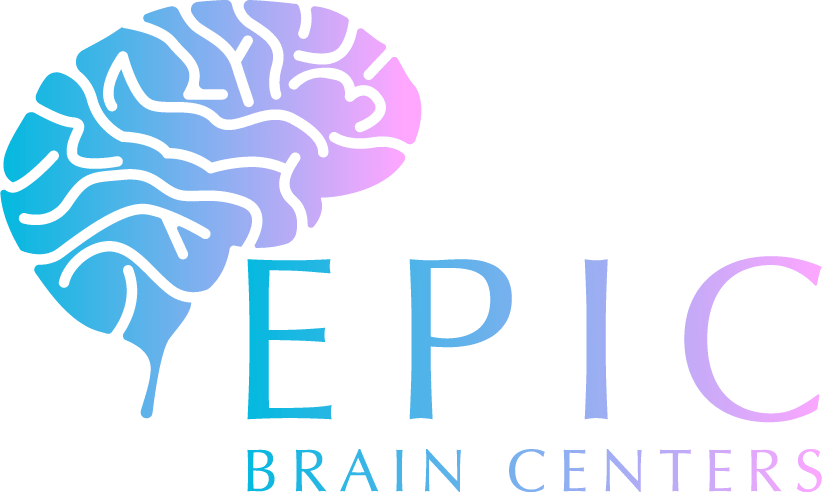EMBP FAQ's
Both rTMS and EMBP use a Class II TMS Medical Device. However, the ways in which these protocols differ are significant. First and foremost, standard rTMS therapy is not an individualized or personalized protocol. EMBP is guided by data generated by each individual patient’s EEG. In the table below, the differences between the two protocols are illustrated:
Both rTMS and EMBP use a Class II TMS Medical Device. However, the ways in which these protocols differ are significant. First and foremost, standard rTMS therapy is not an individualized or personalized protocol. EMBP is guided by data generated by each individual patient’s EEG. In the table below, the differences between the two protocols are illustrated:
The primary objective of treatment is durable, functional recovery depending upon the presenting signs and symptoms. Commonly reported benefits may include:
- Reduction of symptom severity,
- Improvement in quality of sleep,
- Improvement in sleep duration,
- Reduction in anxiety,
- Reduction in VAS Pain Scores,
- Reduction and elimination of opioid use,
- Reduction and elimination of alcohol use,
- Improvement in concentration and focus,
- Improvement in mood,
- Improvement in attention span,
- Improvement in sociability,
- Improvement in motivation,
- Improvement in clarity of thought,
- Reduction in cravings (e.g. drugs and alcohol),
- Improvement in emotional stability,
- Improvement in ability to adapt to change,
- Improvement in self-confidence and self-esteem,
- Improvement in resiliency, and
- Re-discovery of sense of humor.
The primary objective of treatment is durable, functional recovery depending upon the presenting signs and symptoms. Commonly reported benefits may include:
- Reduction of symptom severity,
- Improvement in quality of sleep,
- Improvement in sleep duration,
- Reduction in anxiety,
- Reduction in VAS Pain Scores,
- Reduction and elimination of opioid use,
- Reduction and elimination of alcohol use,
- Improvement in concentration and focus,
- Improvement in mood,
- Improvement in attention span,
- Improvement in sociability,
- Improvement in motivation,
- Improvement in clarity of thought,
- Reduction in cravings (e.g. drugs and alcohol),
- Improvement in emotional stability,
- Improvement in ability to adapt to change,
- Improvement in self-confidence and self-esteem,
- Improvement in resiliency, and
- Re-discovery of sense of humor.
The primary objective of treatment is durable, functional recovery depending upon the presenting signs and symptoms. Commonly reported benefits may include:
- Reduction of symptom severity,
- Improvement in quality of sleep,
- Improvement in sleep duration,
- Reduction in anxiety,
- Reduction in VAS Pain Scores,
- Reduction and elimination of opioid use,
- Reduction and elimination of alcohol use,
- Improvement in concentration and focus,
- Improvement in mood,
- Improvement in attention span,
- Improvement in sociability,
- Improvement in motivation,
- Improvement in clarity of thought,
- Reduction in cravings (e.g. drugs and alcohol),
- Improvement in emotional stability,
- Improvement in ability to adapt to change,
- Improvement in self-confidence and self-esteem,
- Improvement in resiliency, and
- Re-discovery of sense of humor.
